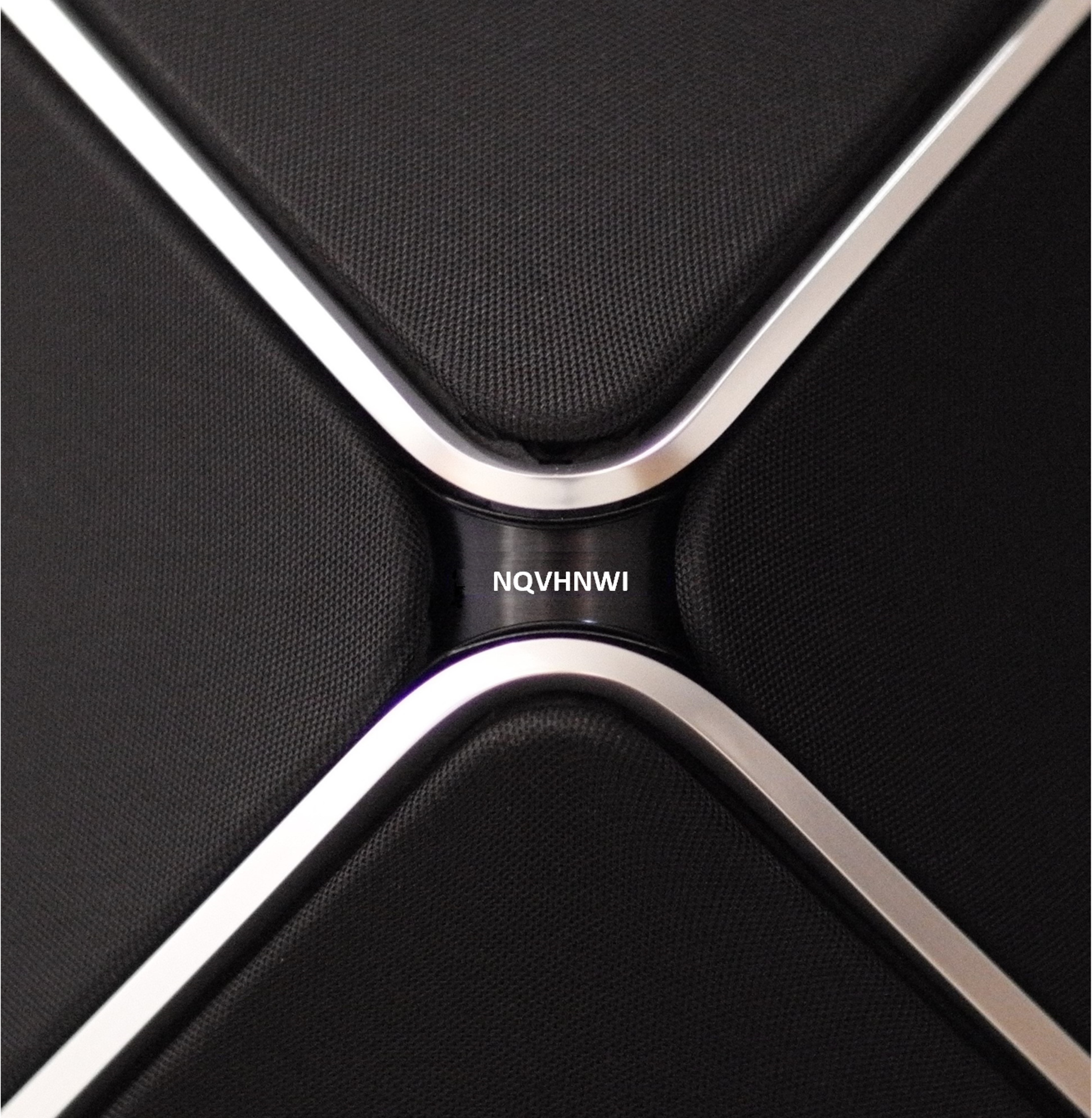Home › Forums › General Discussion & Questions › General Discussion & Questions › Not B&O related but technical: Amps, speakers and impedance
- This topic has 3 replies, 4 voices, and was last updated 3 years, 5 months ago by
geoffmartin.
-
AuthorPosts
-
18 July 2022 at 12:33 #36195
Curly
BRONZE MemberAll, I have had a technical question lingering in my mind and though it’s not specific to B&O, I imagined one of our messageboard friends could explain this to me.
In all the A/V literature I read, speakers are labeled as “difficult to drive” as their impedance ratings decrease. 4 ohm nominal speakers are more difficult to drive than 8 ohm speakers. And apparently, some 4 ohm speakers like the very large Wilson Audios actually dip down to slightly below 2 ohms–and this makes them “power hungry” and “difficult to drive”.
On the other hand, specs for power amplifiers tend to show increases in power output as impedance decreases. I was just looking at a McIntosh amp rated for 250 watts into 8 ohms or 300 watts into 4 ohms. (I can’t think of a time when I’ve seen this go the other way around… i.e., more power with higher impedance). So, the fewer the ohms, the higher the watts.
QUESTION: If amps tend to make the same or more power as the impedance rating of the speakers they’re connected to decreases, why is a Wilson XVX more difficult to drive because it dips down to <2 ohms? At that load, the above example McIntosh amplifier would be making even more power than 250-300 watts… maybe it would be making something like 400+ watts.
It seems like as speaker impedance drops and amps make more power, speakers with lower impedance loads would be EASIER to drive. What am I missing?
Thank you for teaching me!
18 July 2022 at 13:38 #36196 NQVHNWIBRONZE Member
NQVHNWIBRONZE MemberI dont know if Im teaching you anything. Im very rusty on this kind of thing and being on B&O Actives all my adult life, Amps, Ohms and Impedence (imaginary component of resistance and reactance) is something I’ve never bothered about.
I may be wrong…..
- An Amp only delivers as much power as the work you give it. If the “work” required is too much, the amp cannot supply enough power (its the opposite as we normally see it).
- Impedance is internal resistance of a loudspeaker driver (voice coil?). Difficult to drive units are I believe either heavy, big, or rigid diaphragms. There is a lot of “work” to be done to move a unit and overcome inertia and change in acceleration (direction of drive).
- Monkey-coffin loudspeaker and amp manufacturers try to standardise a simple equation (Power, resistance, sensitivity) to give the average punter an idea of what they can buy combination-wise. I would assume that If your in the market for the wilson XVX, you would likely be in the marker for several very-high-powered, very high quality amplifiers.
No idea if this helps or its just telling you what you already know but it gave me 5minutes to think about it.
Flame me if Im wrong on the physics?
19 July 2022 at 15:32 #36197Stan
BRONZE MemberThinking about this as water running through pipe helped me pass some physics and EE classes. Think of the circuit as a pipe, and the resistance as the diameter of the pipe. The higher the resistance, the smaller the diameter of the pipe. It takes more water flow (amps) to achieve the same pressure (voltage) of the water in a big pipe (4 Ohms) vs. a small pipe (8 Ohms). Therefore, the pump (the amp) has to work harder to achieve the same pressure (voltage).
If you prefer math, it’s because Voltage (V) =current (I) * resistance (R) (Ohms law). Of course, with a speaker, it’s a lot more complicated because of the dynamics of reproducing sound, but at any instant in time, Ohms law holds true (more or less). I believe this is what Mr 10% was getting at. Because of the complexity of dynamic circuit behavior, Ohms law is only an approximation so speaker specifications like impedance are also an approximation, and as an approximation can be influenced by “marketing” spin.
21 July 2022 at 13:52 #36198geoffmartin
BRONZE MemberUsually, the audio signal is represented as a change in voltage at the output terminals of the power amplifier. In theory, that voltage is identical at the input terminals of the loudspeaker.
The instantaneous current through the system is determined by the relationship between the instantaneous voltage and the impedance of the loudspeaker.
The problem is that this model is too simple. The power amplifier has an output impedance (which is typically independent of frequency, more or less…). The speaker wire has a measurable impedance (resistance and capacitance – therefore it’s frequency-dependent) that is a result of the wire’s construction and its length.
If the output impedance of the power amplifier is close to (or worse: larger than) the combined impedance of the speaker wire and the speaker (which is highly dependent on frequency), then the voltage at its output terminals is different from whatever it should be. This is because the amplifier’s output impedance is in series with the wire and the loudspeaker, and therefore the system acts like a voltage divider (measuring at the amplifier output terminals).
This means that the voltage at the power amplifier’s output will not be correct – but since the load impedance (the wire+loudspeaker) is frequency-dependent, then the error will be signal-dependent (since that’s what determines the frequency).
Therefore, if you have a loudspeaker with a low impedance at some frequency, then you need to use a power amplifier with a MUCH lower output impedance at that frequency in order for it to behave.
So, it’s not really the case that the loudspeaker is “difficult to drive” – it’s that the loudspeaker/wire/amplifer interaction makes the amplifer misbehave.
The simplest way to avoid this problem is to buy a power amplifier with an output impedance as close to 0 Ω as possible. This is a good solution if you have an amp in a rack, and you have no idea what will be connected to it tomorrow. However, if you are buying a “closed” system (an amp, some wire, and a loudspeaker) that won’t change, then you don’t need to spend quite so much money, since you can chose the amplifier helped by the knowledge of the wire+loudspeaker’s impedance.
Cheers
-g -
AuthorPosts
- You must be logged in to reply to this topic.






